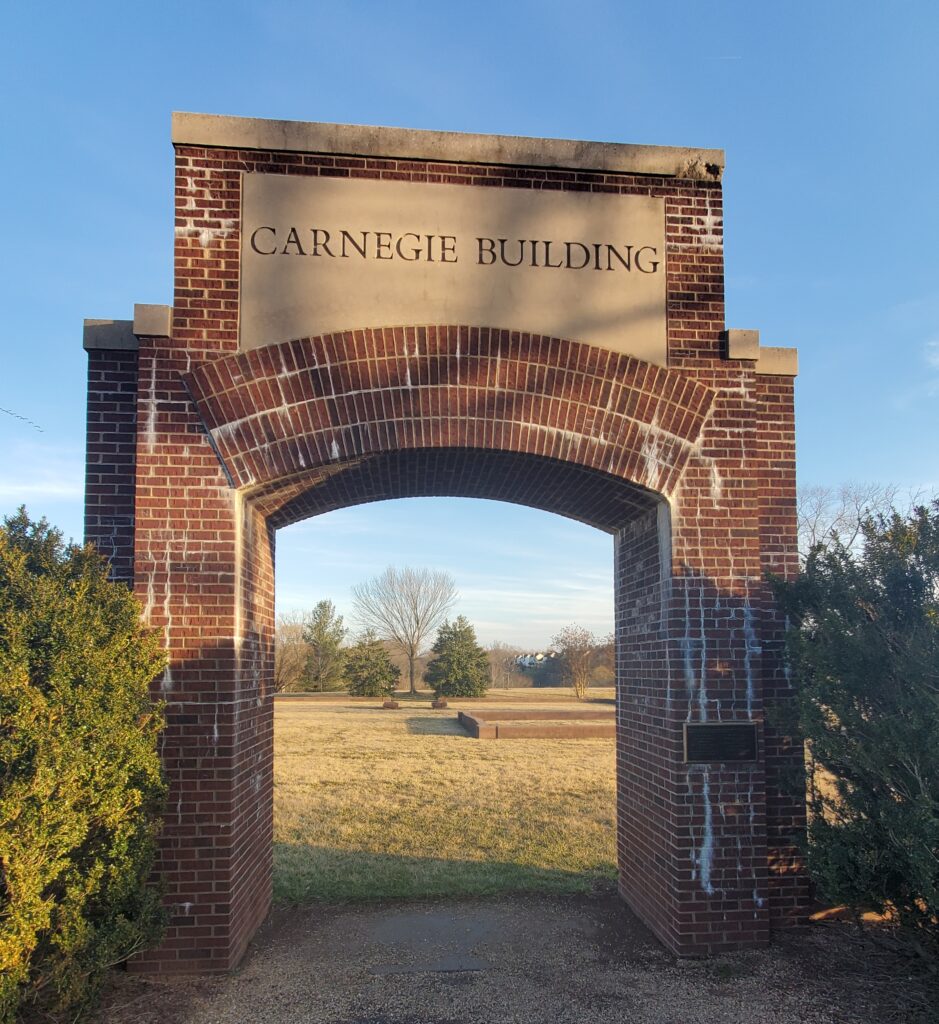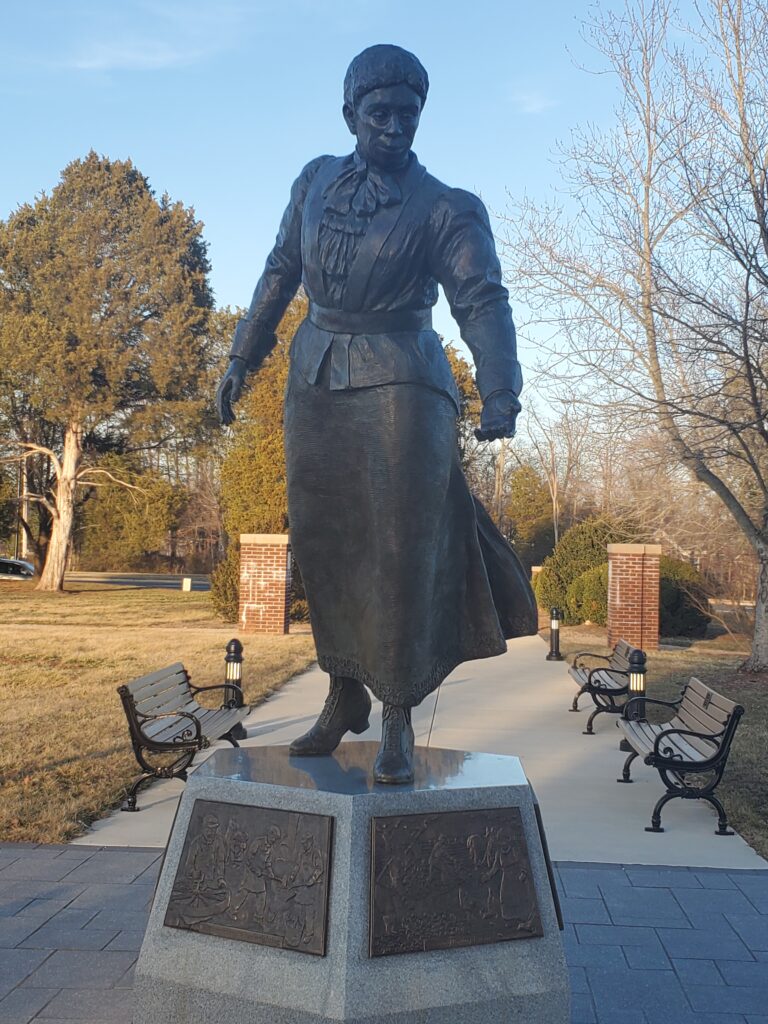Imagining a Better Future

Some things require imagination—a dream, a novel, a school, a better future. My husband and I often walk through the Jennie Dean Park near our house. It contains the remains of Jennie Dean’s dream of a residential school for Black students to learn agriculture and industrial skills as well as gain academic instruction. A home for students hoping for a better future. Dean, a former slave, valued education as a means of improving the lives of her fellow Black citizens, even though she’d never received a formal education herself. She convinced others, including men and women of means like Andrew Carnegie, to invest in this dream. The school operated from 1893-1959 as an option for students not supported by the public school system. It closed in 1959 after the Brown v. Board of Education Supreme Court decision made segregated schools potentially obsolete.
Walking through the park with the outline of buildings marked in bricked boundaries that stretch and turn and hug the ground, I am struck by the realization of what was required to imagine such a place and the work it would have taken to make it a reality. Dean’s idea would have taken years of dreaming, discussing and planning, raising money, finding teachers, developing curriculum, and attracting students. How many hours must Miss Dean have dedicated to plotting to make her dream come true? How many obstacles was she forced to overcome to make this educational institution a reality? She imagined her way into providing a better life for those in her community.
How Miss Dean must have leaped for joy when Carnegie agreed to donate money. How Miss Dean must have been filled with pride when Frederick Douglas spoke at the dedication of her school. How she must have beamed when the first graduating class left her school and into gainful employment or into ownership of their own farming business. We can only imagine how it felt to see her dream come true.
Miss Dean must have also been heartbroken by the two separate fires that destroyed two different buildings during the school’s lifetime. She must have been equally distraught when the school struggled financially or when she had to go head-to-head with members of the board of directors over various disputes. We all know these types of challenges, all too well.

Nonetheless, she persevered. She even visited the Theodore Roosevelt White House in 1906 upon the invitation of Booker T. Washington to showcase the school as a successful example of the good that education can do in a community.
Today, the new statue of Jennie Dean in the park shows her leaning forward, palm out, ready with a hand up to her visitors. My husband and I have often tapped her hand in recognition of her hard work. The hope is that everyone who passes will do the same until her hand shines smooth in a worn patina. I like to believe Miss Dean would have appreciated that small gesture.
Miss Jennie Dean is another quiet example of a life lived imagining a better future. As we walk through that park, I imagine what the school and its buildings might look like, what the students might chat about as they walk from one class to another, I ponder how their lives were improved by what they learned. I can relate to Jennie Dean’s optimistic dream and her hard work to make it a reality. Imagination is a powerful force.



Denise, thanks for sharing how your daily walks connect you to such an important part of our local history.
You have a unique gift for noticing and appreciating things and people!! Never stop 😉
I love your inspirational research. It is such a great learning experience for all of us that enjoy your blog. You are awesome!!!